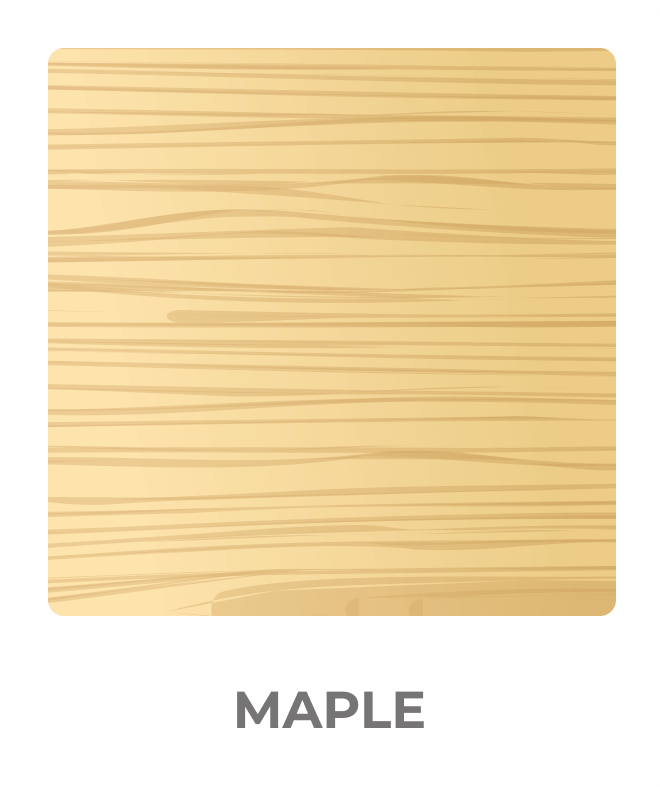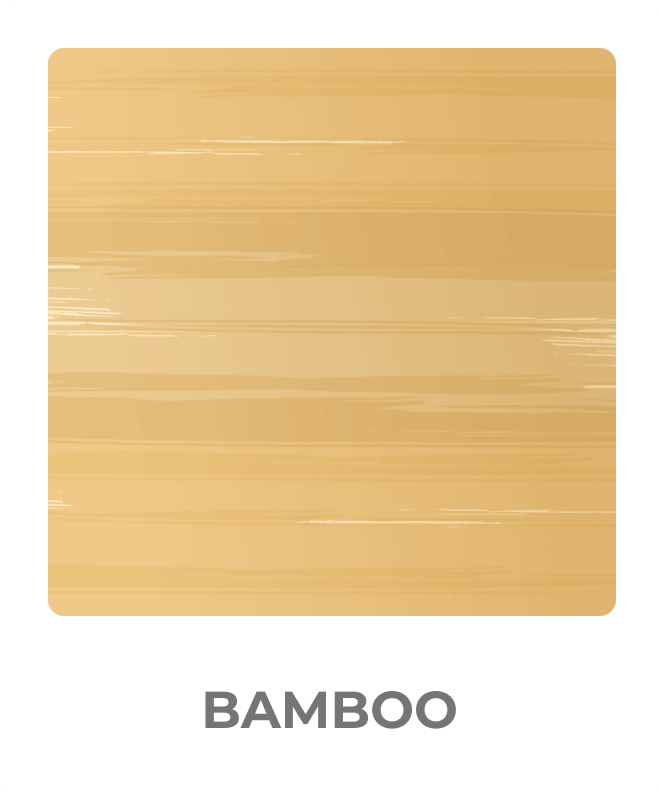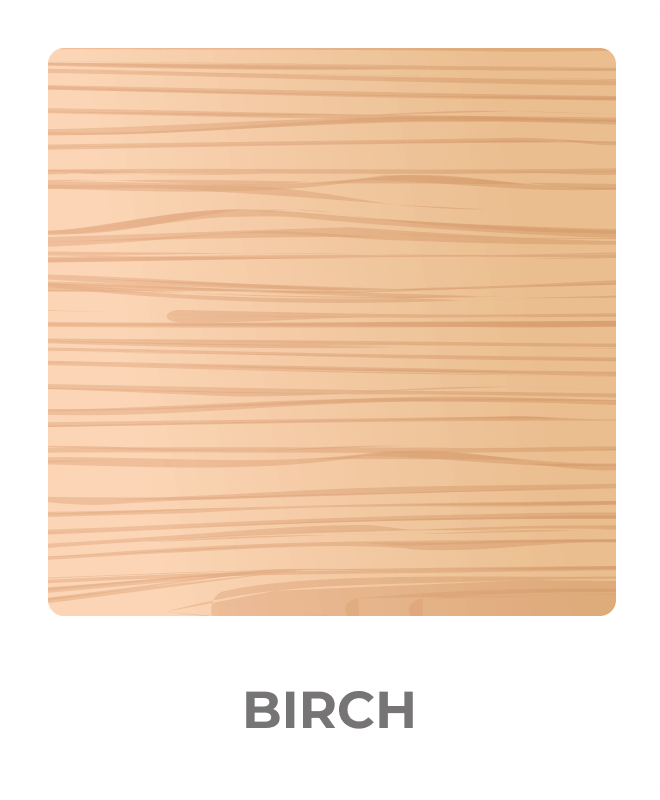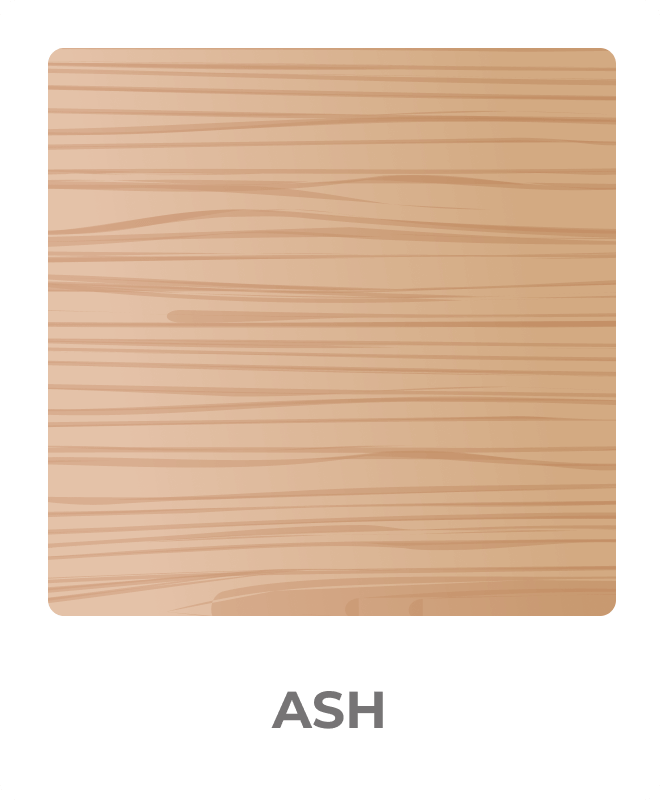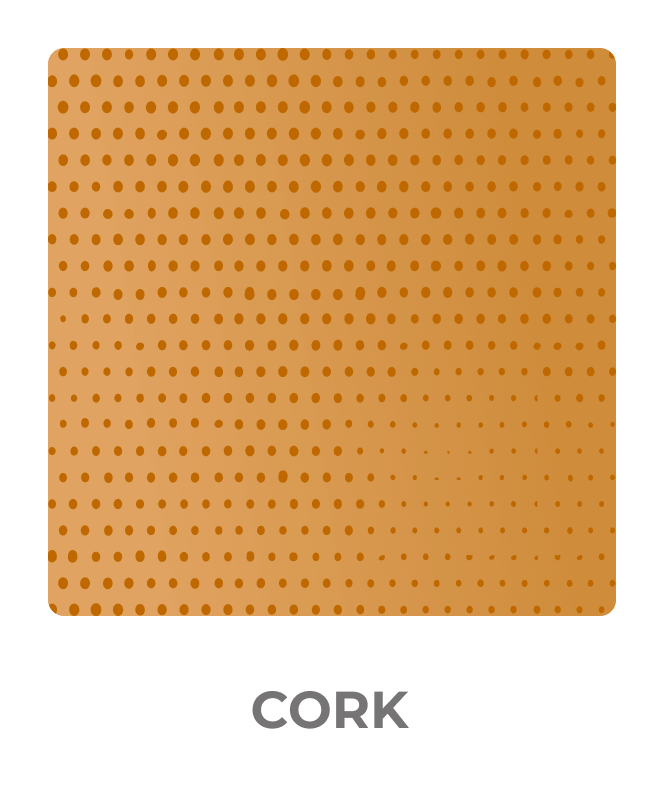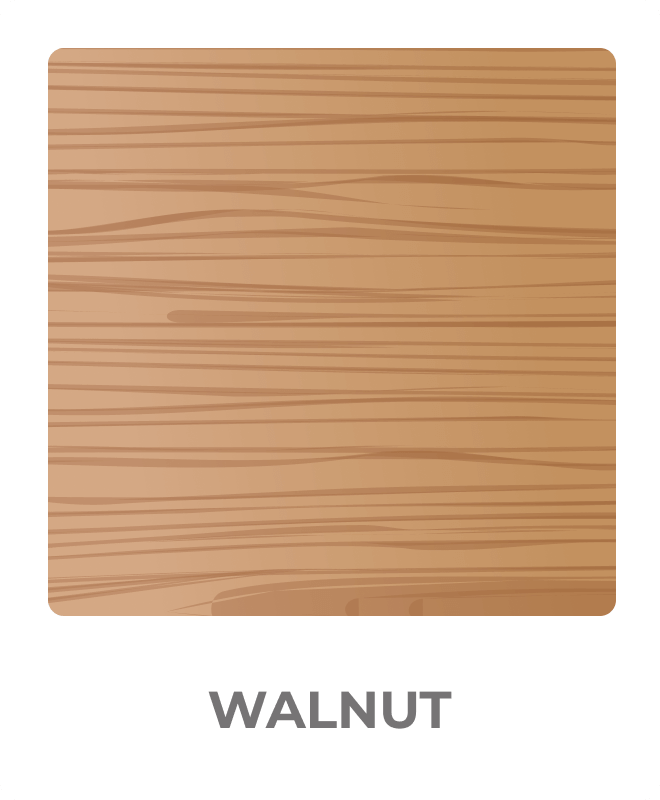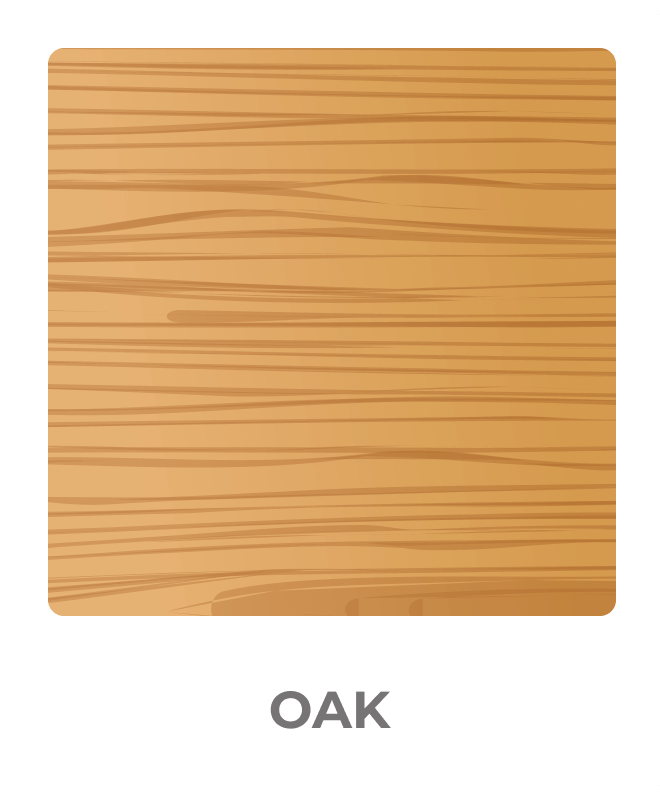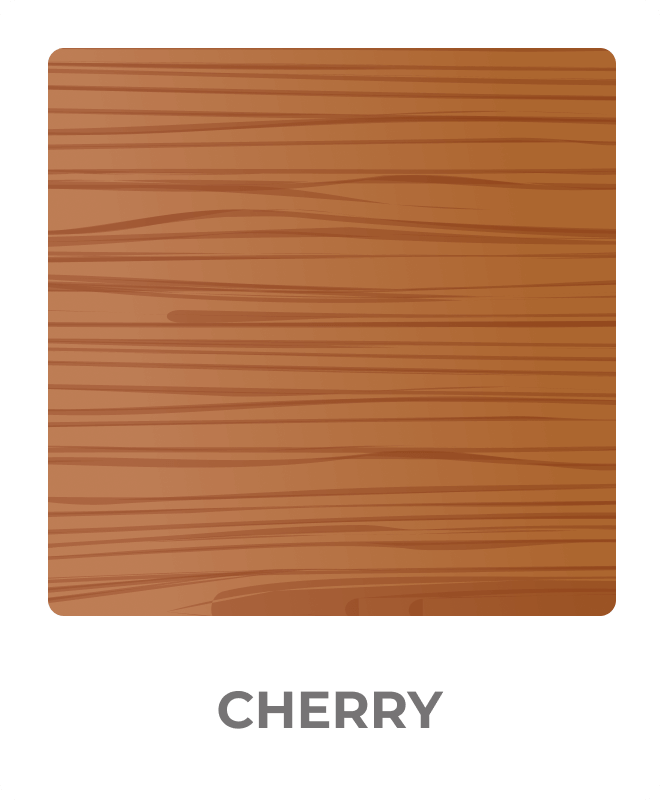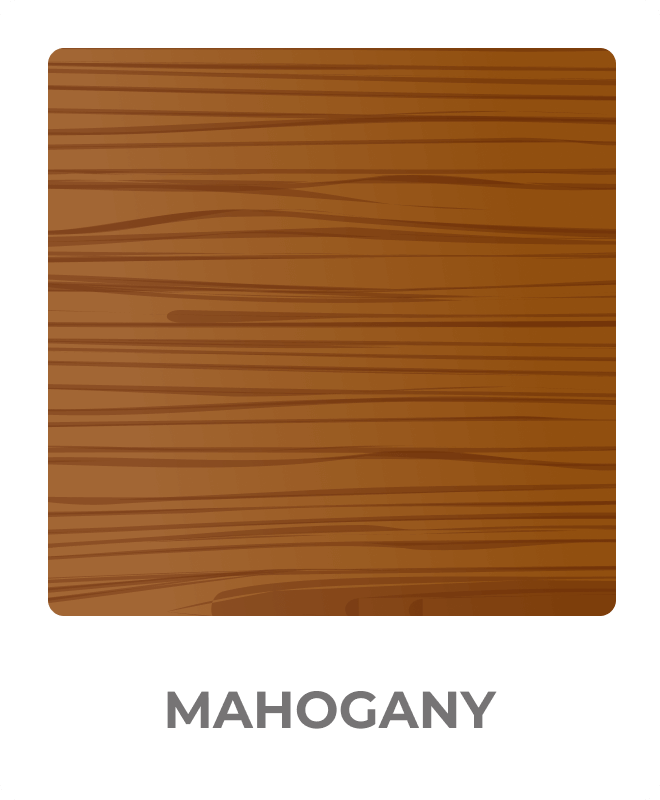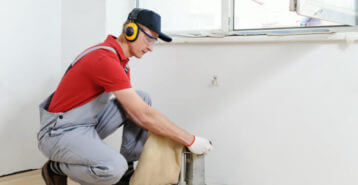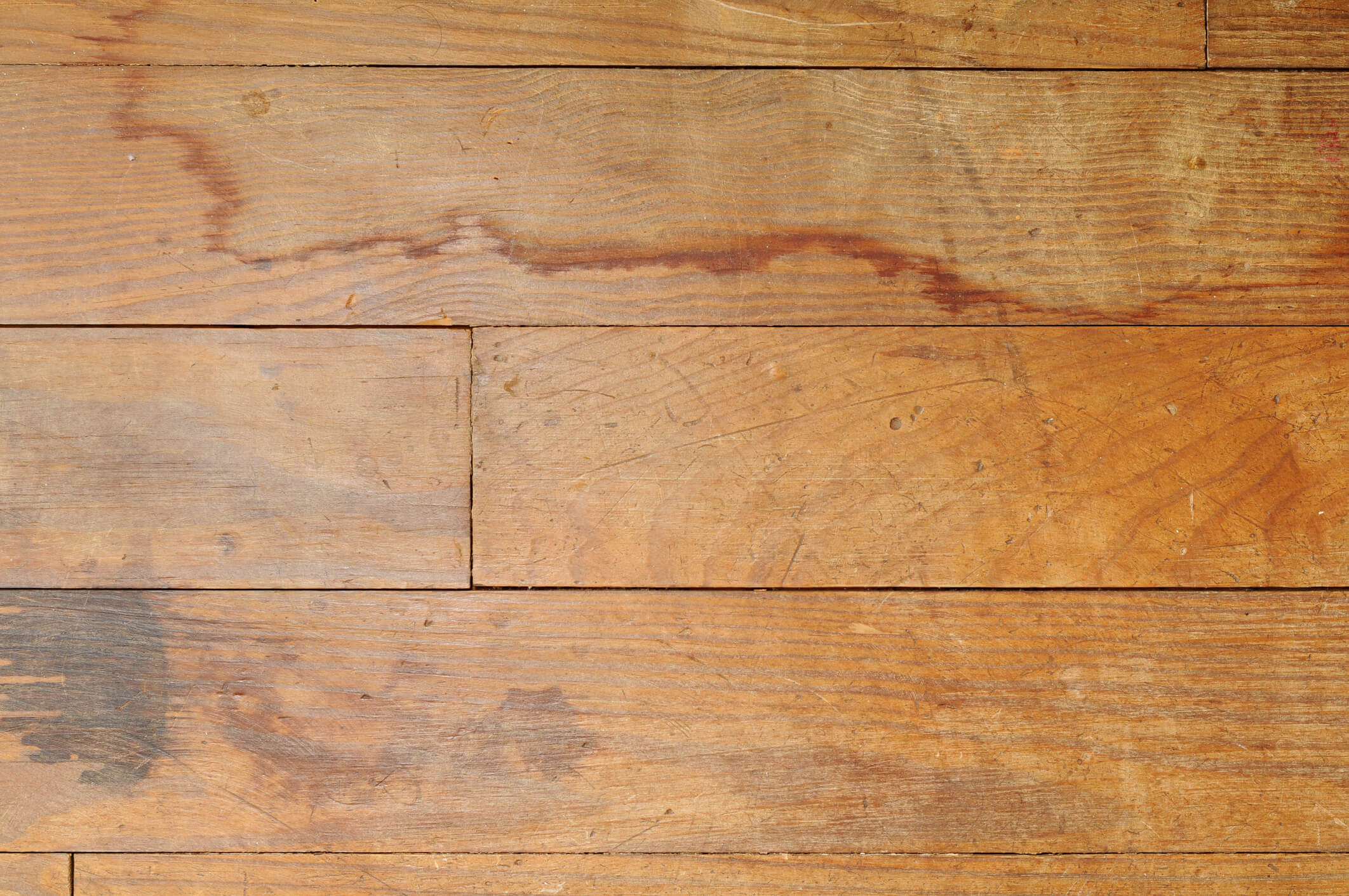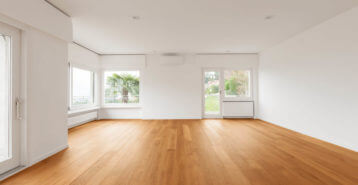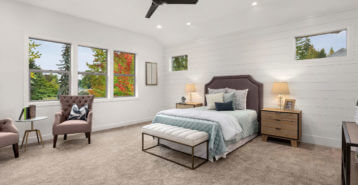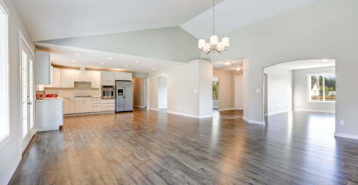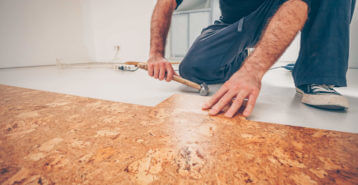How to Choose Hardwood Flooring for Your Home
Hardwood flooring can be a gorgeous addition to your home. But when you dive into researching which type of hardwood is best, you are likely to find enough information to make your head spin. You probably have some questions, such as: which hardwood is the best for your home’s high-traffic areas? Which hardwoods are most sustainable? What are the cost differences? What color and finish options are there?
When considering different types of hardwood flooring, and which is best for your particular home, there are a few important factors to keep in mind. When choosing the best hardwood floors for you, we recommend considering the hardwood’s…
- Color
- Hardness
- Durability
- Cost
You will also want to consider solid vs. engineered hardwood, as well as finished vs. unfinished hardwood. After reviewing this guide to the best types of hardwood flooring, you can consider yourself ready to get started on your flooring project!
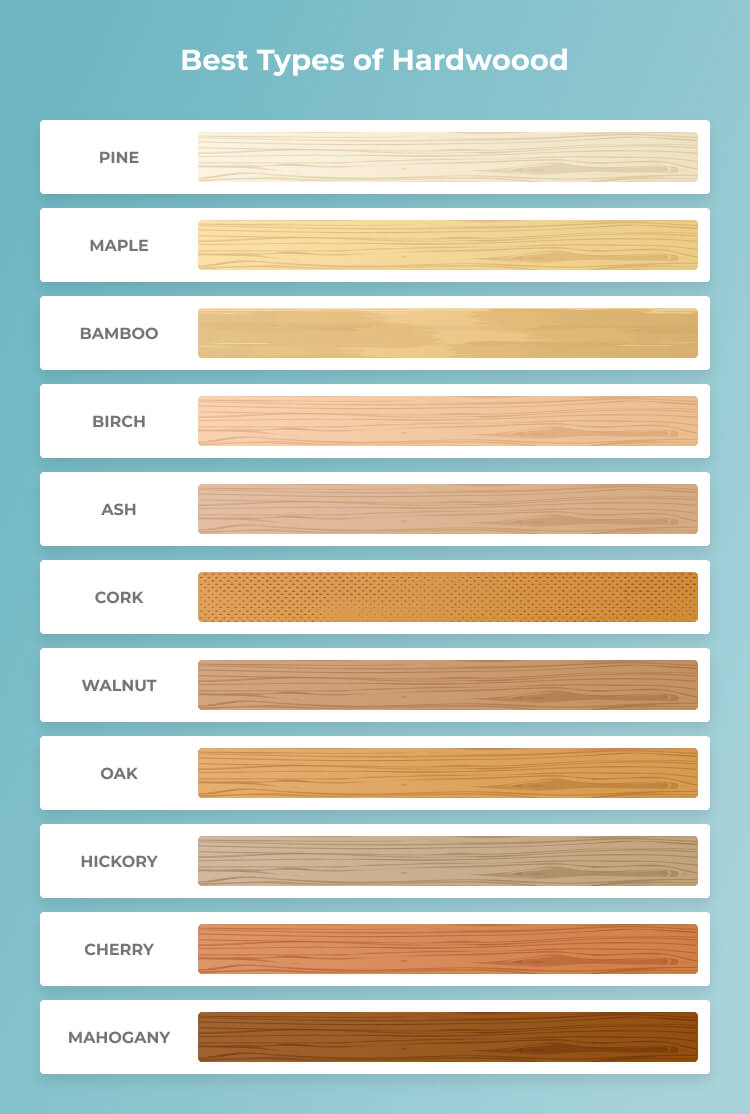
Solid vs. Engineered Hardwood Flooring
When it comes to hardwood floors, there are two major options: solid hardwood flooring and engineered hardwood (also known as “mock” hardwood).
Solid Hardwood
Solid hardwood flooring is made of strips of solid wood, up to ¾ inch thick. This thickness means it can be sanded and refinished many times over the life of the floor.
| Pros | Cons |
|---|---|
| Harder and more durable than engineered hardwood. | More expensive than engineered hardwood. |
| Can be sanded and refinished multiple times. | Volatile with humidity and temperature shifts. |
| Longer lifespan. | Can be noisy to walk on. |
The harder the wood, the more often it can be sanded down. This is important to remember if you plan to install floors that will last for generations. Some of the hardest species include oak, maple, and cherry. We will dive into these types of hardwood and a handful of others below.
If you do choose to go with new, solid hardwood flooring, look for wood that is culled from sustainable forests. There’s no difference in the quality of the wood, but the environment will thank you.
Engineered Hardwood
Engineered hardwood is made of thin strips of real wood glued to a different type of wood, such as plywood. This style of wood is more resistant to changes in humidity compared to solid hardwood. This makes it great for areas where solid hardwood flooring will not work, such a below-grade basements.
| Pros | Cons |
|---|---|
| More affordable than solid hardwood. | Shorter lifespan than solid hardwood. |
| Resistant to humidity. Can go in rooms where solid hardwood cannot. | Not waterproof. |
| Looks identical to real solid hardwood. | Cannot be sanded or refinished many times. |
One of the major appeals of engineered hardwood is the lower price. It costs much less, on average, than any of the solid hardwoods do. However, the thin veneer means that it can only be sanded and refinished a few times.
Reclaimed hardwood flooring has become a much more popular option in recent years. Reclaimed flooring can be found at salvage yards or specialized lumber yards, where you can buy the wood at a steep discount. It will certainly have some signs of wear and tear. But this could be an ideal option for those who are renovating an older house or simply want to add more character to a modern one.
Finished vs. Unfinished Hardwood Flooring
When choosing between types of hardwood floors, you will also need to decide whether you want to install finished or unfinished wood. Finished hardwood is flooring that has been sanded, stained, and finished prior to arriving at your home for installation. Unfinished hardwood is raw wood, which is often stained and finished at your home after installation.
Unfinished hardwood flooring offers the unique opportunity to stain the floor to a custom color. It also provides a perfectly smooth surface, since it is sanded and smoothed after installation, and costs a bit less than finished flooring does. However, unfinished hardwood can be more time-consuming to install, as the finishing must be done on-site.
The money saved through the purchase of unfinished flooring can be negated by higher labor costs of installing, sanding, staining, and finishing.
Finished hardwood flooring, on the other hand, does not offer as many color options and has higher up-front costs. However, the labor costs are where savings are realized, as the installation is much quicker. In addition, finished hardwood often comes with manufacturer warranties that protect you against issues with the stain or the finish coat.
The Janka Scale and Wood Hardness
When perusing different types of hardwood, you will come across something called the Janka Scale. This is a tool for you to understand the hardness – and durability – of different types of hardwood.
Developed in 1906 and named for the Austrian researcher who created it, the Janka Scale measures the hardness of different types of hardwood. It tells you how resistant (or not) the floor is to wear and tear.
To get more technical, the Janka Scale measures the pounds of force necessary to push a steel ball halfway through a piece of wood. Generally, the higher the Janka number, the sturdier the wood. As you review the best types of hardwood below, take note of their Janka scale rating to determine each wood’s durability and resistance to force.
11 Best Types of Hardwood Flooring
While there are hundreds of species of hardwood in the world, not every type of hardwood is best for homes. As mentioned, when choosing the best type of hardwood for your specific home, you will want to consider cost, hardness, color, and durability.
Below we review the best types of hardwood in order from lightest to darkest in coloring. Note that each type of hardwood has a different Janka scale rating – meaning it has varying levels of durability – and also varies in installation cost.
Note: We recommend using this page as a guide to starting your hardwood flooring selection. Be sure to consult with a professional contractor about your top hardwood flooring choices to ensure it is a suitable type of hardwood for your home’s environment.
Pine
Pine is a classic and traditional choice for hardwood floors. Considered a softwood, it is softer in hardness than many other types of hardwood but still retains solid durability. Pine is one of the lightest shades of hardwood available and typically comes in wide planks that give a modern appearance. Note that pine flooring can accumulate scratches and dings over time, especially when heavy furniture is placed on top of it, due to its soft quality.
Maple
Maple is another popular hardwood flooring option that is great for most rooms. This flooring is made from timbers cut from a Maple tree. It is a light color, though it can reach a dark tan and have a reddish hint when stained. The fine grain pattern is often dotted with dark streaks or specks, which makes it a more eclectic option than the similar white oak. Because of its lighter shade, maple hardwood is a great choice for smaller rooms to make them appear larger and more open. It also has a solid hardness rating of 1450, making it very durable, long-lasting, and resistant to wear and tear.
Bear in mind that engineered maple hardwood can cost a bit less than solid wood, at just $2.50 to $9 per square foot.
Bamboo
Though it is considered a hardwood, bamboo is actually a grass, which makes it one of the most sustainable options on the market. Bamboo is a popular, up and coming modern flooring trend. In a 2021 homeowner survey by Modernize, 13% of respondents reported they plan to upgrade the flooring in their home with bamboo.
The colors of bamboo can vary widely from white or manila tones to deeper yellow or boards with a hint of green. The grain pattern often shows the nodes from the stalks, which adds a quirk visual appeal. Bamboo has a solid Janka rating of 1380, making it more durable than many types of real wood, and a moderate price range of $5 to $15 per square foot.
Birch
Birch hardwood is typically made from yellow birch trees, and is just slightly lighter in color than red oak. You will usually see a pale yellow shade for birch hardwood floors, but they also come in shades of light reddish brown to golden brown. Birch has a Janka rating of 1260 to 1470 in hardness, and is known for its affordable price tag at just $5 to $8 per square foot.
Ash
Ash hardwood, like its name, typically comes in an ashy beige color, though some might darken to medium brown. Its coloring can give a modern flair to any room of the home. The grain is very prominent, with unique streaks throughout. Ash is a very strong wood, one that can easily stand up to high traffic areas. It has a good Janka rating of 1320 and is stronger than red oak. It costs about $9 to $13 per square foot, just slightly more costly than bamboo and maple hardwoods.
Cork
Known for sound-deadening qualities, cork flooring is often used in libraries. It can range from very light to very dark – but traditionally comes in a medium, warm beige color. Taken from the bark of an oak tree, cork flooring is just as sustainable as bamboo, offers significant durability, and has a bit of a spring with every step.
Bear in mind that cork has a very low Janka rating in comparison to other hardwoods – at just 200. Cork is actually one-fortieth as hard as strands of bamboo when used for flooring. However, cork is a great choice for low-traffic rooms of the home, such as studies or offices.
Walnut
The deep, rich brown of walnut hardwood is often uniform throughout. This lends it to a seamless look when used on floors throughout the home with no thresholds to break up the lines.
This sophisticated wood is a bit softer than oak or maple, yet harder than pine. It is best for rooms with medium to light foot traffic. However, those who prefer a more rustic look might enjoy the natural wear and tear this wood shows after a few years in high-traffic areas. Walnut hardwood floors are also quite affordable at just $4 to $9 per square foot.
Oak
Incredibly popular among homeowners for its longevity and affordable price, oak flooring now makes up 2/3 of all installed floors in the United States. There are two types of oak hardwood: Red and white.
- Red Oak. This is by far the most common hardwood flooring today, and with good reason: it can stand up to serious foot traffic in any area of the home, features graceful grain patterns throughout, and offers colors that range from a light pink to reddish, rusty brown. Red oak hardwood costs between $2 to $6 per square foot on average and has a Janka hardness rating of 1290.
- White Oak. This is even harder than red oak, which makes it even better for high-traffic areas. As the name suggests, white oak offers cool hues with not even a hint of red. The grain does not have as many swirls and patterns as red oak, which makes it a more elegant option for modern homes. White oak costs between $5 to $8 per square foot on average – just slightly more expensive than red oak – and has a Janka rating of 1360.
Hickory
One of the hardest woods for floors, hickory is often used for gymnasium floors, and today can be expected to stand up to high foot traffic in homes for decades. The cool beige options are often mistaken for ash wood, but it can be found in warm, deep brown as well. Large knots decorate the boards, making it an ideal option for rustic homes. Hickory hardwood floors have a moderate price tag of $5 to $15 per square foot.
Cherry
This is a softer hardwood, best for those areas where there is little foot traffic, such as a bedroom. Though it has a warm brown hue to begin with, exposure to sunlight and the simple passage of time will see this wood darken a bit. The grain pattern can be stunning; cherry is often cut into wide boards to showcase the swirls and lines.
American cherry hardwood has a relatively low Janka rating of 950. However, Brazilian cherry is one of the hardest and strongest hardwoods available in the world, with a Janka rating of 2350. This would be considered an imported hardwood, so it may be difficult to find and come with a much higher price tag than American cherry wood.
Mahogany
Mahogany is a rich reddish brown hardwood that comes in straight-grain patterns. It can give any home a beautiful, modern look. Mahogany also has an impressive Janka hardness rating of 2200 and has a higher cost of $8 to $18 per square foot.
Though mahogany is a sought-after, dark, exotic wood with a high price tag, it also presents some problems. Mahogany is prone to absorb moisture, which makes it a no-go for high-humidity areas. Given this delicate nature, mahogany is often found only in engineered hardwood, where the base of a different type of wood can keep it stable and prevent warping or bending.
Premium Types of Hardwood
Some woods are very expensive, to a point where they are more often used for furniture, trim, and accents than for flooring.
Some, like mesquite, are much harder than oak and provide a unique look. Other options include jarrah, a dark red Australian wood that works well for outdoor flooring, and teak, which is commonly found on boats and prized for water-resistance.
Rare Types of Hardwood
There are a few species that are quite rare, and are often used only as trim or accent pieces. Wenge and bubinga come from African trees; wenge is a popular accent wood that is nearly black, while bubinga is burgundy in color with a fine grain. Sydney blue gum is a very hard wood that can range from pink to brownish-red. Though these work well for trim, they are prohibitively expensive as hardwood flooring.
Ebony is a high-end black hardwood that is very dense and one of the most exotic, rare types of hardwood in the world. It is admired for its unique dark, black appearance. As one of the hardest forms of hardwood floors in the world, it has a Janka rating of 3220 to 3585. Ebony hardwood can take high polishes and is extremely resistant to scratching and other forms of damage.
Preparing for a Hardwood Floor Installation
Regardless of which type of hardwood flooring you choose, keep in mind that a great deal of the success of your flooring installation depends upon the contractor who handles it. A good flooring contractor will understand how long to acclimate certain flooring, the type of fasteners or nails required, knowing the local humidity issues and other factors that come into play when installing any type of flooring.
Before starting your hardwood flooring installation, there are a few important steps to take. For instance, we recommend setting a flooring budget and considering financing options prior to speaking to a contractor.
To get in touch with those professionals, rely on Modernize to help you choose and vet the one that will create the floor you home deserves.
Compare top-rated flooring pros in your area.
Read real homeowner reviews, explore qualifications, and view promotions. Modernize makes it easy to browse professionals and find one that will be perfect for your project.

